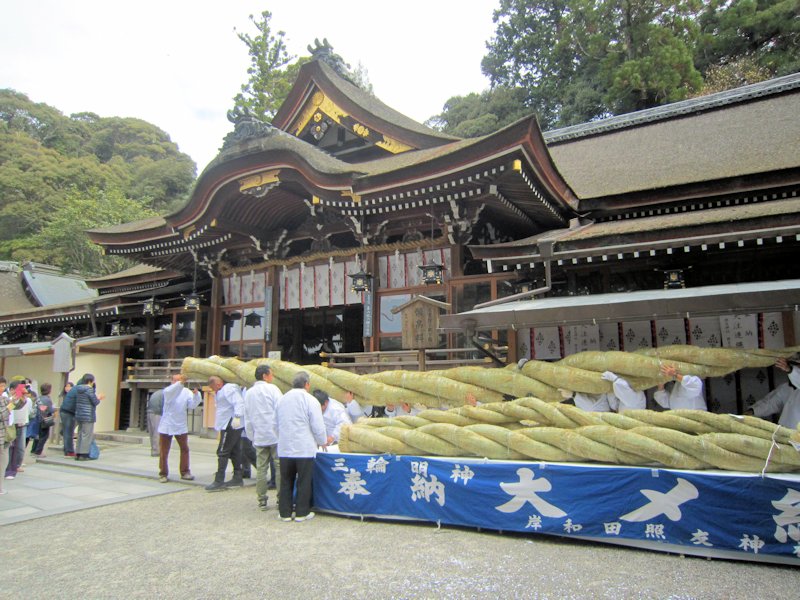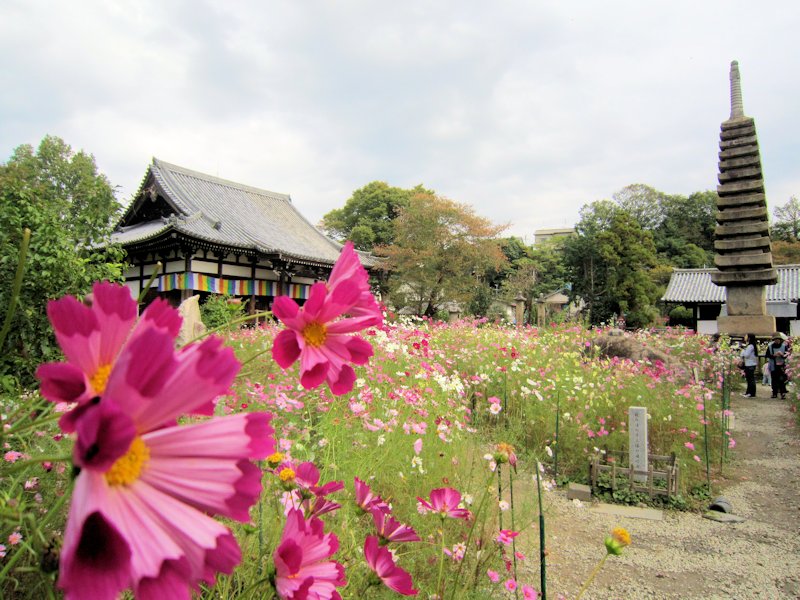Japanese who values both God and Buddha
STAY >Ancient shrines of Japan and temples of Chinese origin
Shinto and Buddhism are mainly transmitted to Japan.
Shinto is a traditional Japanese teaching rooted in daily life, and Buddhism is considered a religion of foreign origin. We have embraced both without any distinction, and have lived in a way that suits the times. There is a history of keeping mind in harmony through flexible thinking.

Ohmiwa jinja Shrine is said to be the oldest shrine in Japan.
Every December, new ropes are displayed to indicate the barrier between the sanctuary and the world. Mt.Miwa itself is said to be God, and there is still a style of worshiping nature.
In Nara Prefecture, Kasuga taisha Shrine and Kashihara jingu Shrine are also known as shrines with many visitors.
A temple that enjoys Buddha statues and seasonal flowers
Shrines can be visited free of charge, but visits to temples are generally charged.
If you pay a visit fee of around 500 yen, you can come across precious buildings and Buddha statues.

Hannya-ji Temple, with its huge 13-story stone pagoda, is known as a cosmos temple.
Each temple has its own specialty flowers, such as Peony at Hase-dera Temple, Hydrangea at Yata-dera Temple, and Cosmos at Abe Monju-in Temple.
Various types of Buddha statues are also attractive, including Syaka-nyorai, Amida-nyorai, Kannon-bosatsu with eleven faces, Monju-bosatsu, Fudo-myoou and others. Finding your favorite Buddha statue is one of the pleasures of traveling in Japan.
Nara has many tumuli and archeological sites
There are many old tombs of powerful people in Nara prefecture.
There are large and small tumuli, some of which can enter the stone chamber. The ancient space is left as it is, and the romance of ancient history is stirred. The fun of Nara Travel will be waiting for you.

